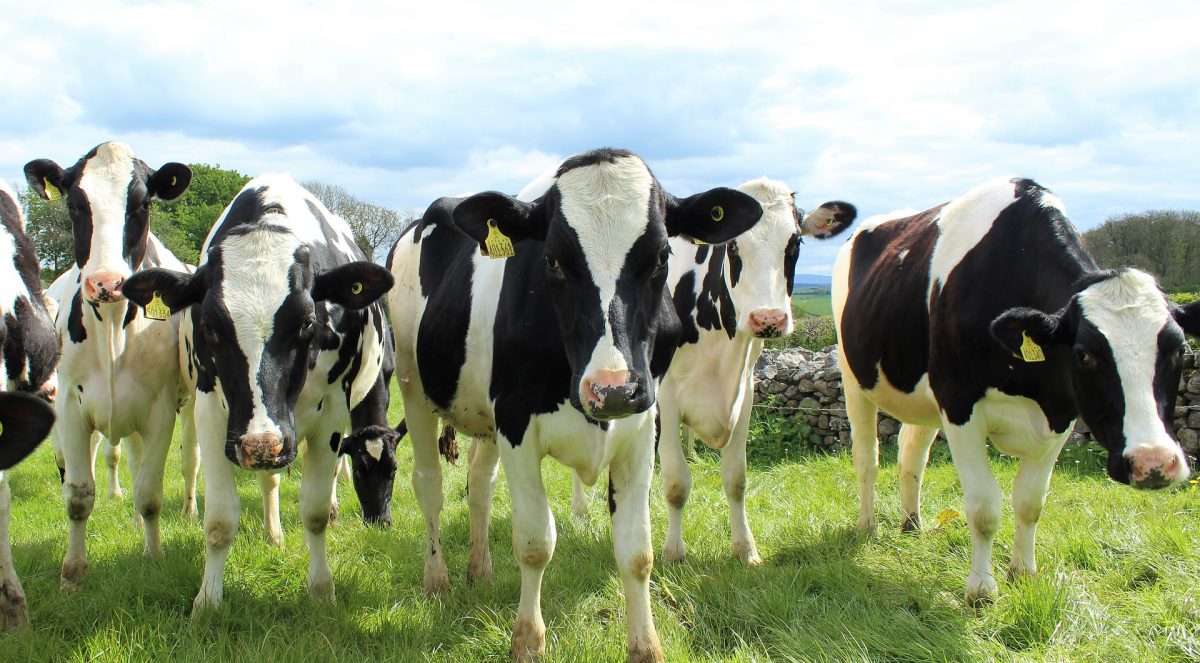Christine Helen Middlemiss, the Chief Veterinary Officer of the United Kingdom, was newly qualified and working as a vet in Scotland in February 2001 when foot and mouth disease struck Britain.
Having grown up on a farm, and having later worked in veterinary care in Cumbria, she volunteered to help battle an affliction that would eventually take a terrible toll on UK livestock.
Her recollections of that experience – and of the lessons learned – are the subject of a report in The Observer.
The report notes that, as chief veterinary officer for the United Kingdom, she now is in charge of protecting the nation’s farm animals from future outbreaks of foot and mouth and other devastating illnesses.
The first case of foot and mouth – a highly infectious, frequently fatal ailment that affects cloven-footed animals such as cattle, sheep and pigs – was reported in Essex on 19 February 2001. A second was diagnosed in Northumberland only four days later.
It was immediately clear the disease had already spread across the country with most evidence indicating that infected animal products had been imported from the far east and had been used as animal feed on pig farms, passing on the virus.
As the number of cases mounted dramatically over the following weeks, more and more animals had to be slaughtered and their carcasses burned.
It took more than seven months of culling and burning to bring the disease under control and the impact on British agriculture was devastating.
Nationally, more than six million pigs, cattle and sheep were slaughtered on more than 10,000 farms before the disease was brought under control by the end of September. The total cost to the nation was estimated to be more than £8bn.
fmong the critical lessons learned: feeding farm animals with swill (untreated kitchen waste and scraps) is now banned in Britain and movements of livestock are far more strictly recorded and controlled than they were 20 years ago.
The development of gene-sequencing technologies has allowed veterinary scientists to track the movement of virus variants and to work out patterns of infection with much greater confidence. This proved invaluable when foot and mouth reappeared in 2007 – the outbreak then was halted before it spread beyond a handful of farms.
Middlemiss is reported as saying:
“With gene sequencing, we could see how the genetics of the virus changed with each infection. We could work out links between cases rather than having to rely on speaking to individuals about their movements. It told us very quickly in 2007 that we had beaten the disease.
“And it is not just foot and mouth control that has benefited from subsequent improved contingency planning. Dealing with other diseases such as avian influenza has also been boosted from the lessons we learned in 2001.”
A critical lesson was communication.
Middlemiss says he really learned the importance of communications, of making sure farmers and communities knew what they were doing and why they were doing it.
Source: The Observer












